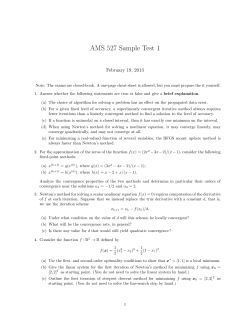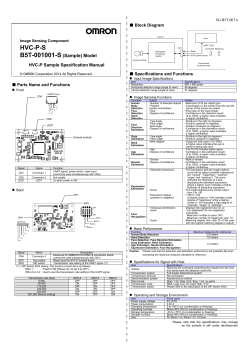
How to Estimate Software Size and Effort in Iterative Development Aleš Živkovič
How to Estimate Software Size and Effort in Iterative Development Aleš Živkovič UM FERI Maribor Smetanova ulica 17, SI-2000 Maribor, Slovenia, EU ales.zivkovic@uni-mb.si Content • • • • • • Introduction Abstraction levels Iterative development Iterative size estimation Empirical resuts Conclusion Size Estimation Methods • Two major groups: – analogy based – model (algorithmic) based Analogy based Model based Effort = surface * 1,1 + (surface/5) *2,5 Effort = surface * 1,1 Universal Size Estimation Process FPA MK II FPA STRUCTURED DEVELOPMENT COSMIC FFP SOFTWARE ABSTRACTION MODEL UNIVERSAL FORM FSM METHOD FUNCTION GASS MAPPING OBJECT-ORIENTED DEVELOPMENT TRANSFORMATION ASPECT-ORIENTED DEVELOPMENT SOFTWARE SIZE The iterative problem Development process SRS #1 #2 #3 DP iteration #1 DP iteration #2 DP iteration #3 The solution for iterative size estimation • Representation of software system at different abstraction levels • Combining early size estimates with more accurate size estimates through the iteration • Improving the estimate with lessons learned in previous iterations. Abstraction levels with UML The idea - simplified view EARLY ESTIMATION UC1 UC2 UC3 ITERATION #1 CLASS DIAGRAM (UC1 & UC2) UC3 ITERATION #2 EF FO RT CLASS DIAGRAM (UC3) Size=Size(CD)+Size(UC3)+d Size=Size(UC1~UC3) Size=Size(Effort)+Size(CD) The problem of true value • What is the correct software size? • It is easy to measure distance! What about software size? • Usual approach – Effort = Size * Productivity – Use of industry repositories- ISBSG* Authors would like to thank ISBSG for supporting the research and providing the latest data - R10. Accuracy improvement Case study • Approach tested on 3 projects • Programming language: Java • Projects' statistics: SLOC Project 1:1946 Project 2: 791 Project 3:1307 NOC 13 5 20 NOM GUI 37 16 JSP 57 19 JSP 30 9 SWT Effort (h) 166 166 205 Estimation Error Discussion of results • Although the sample is small, the results are promising • The change in productivity could influence the accuracy - the problem of true value! • The method could help project managers manage and report on time before it is too late (consistent with the PRINCE 2 manage by exception approach) Conclusion • Size estimation in an iterative environment is difficult • Traditionally well known and accepted methods could not be used • The presented approach is a combination of two popular methods • For the application of the method on industry projects, tool support is crucial. • Open to help vendors implement the approach in development tools that support UML 2.0
© Copyright 2025





















